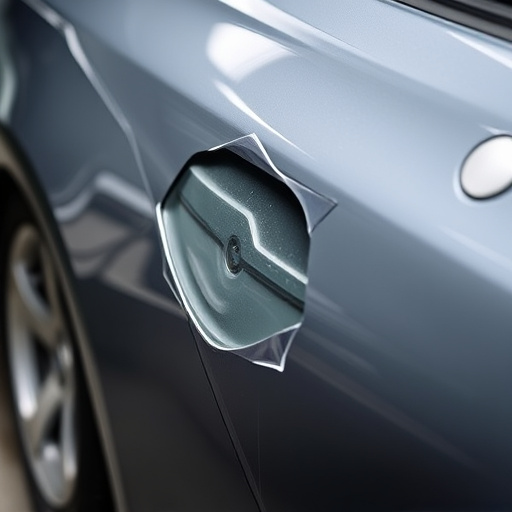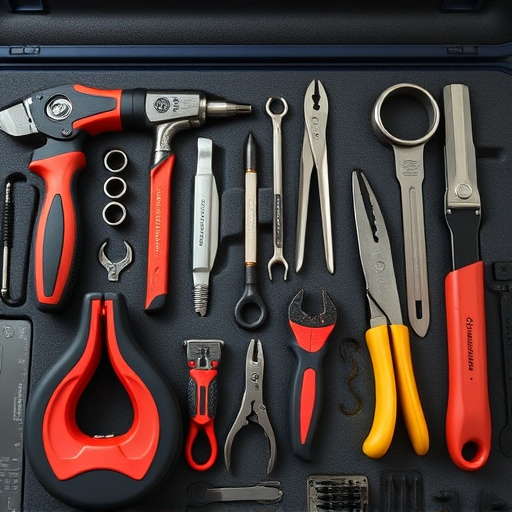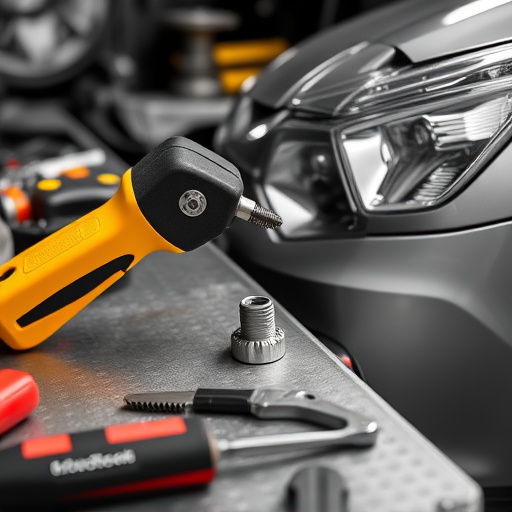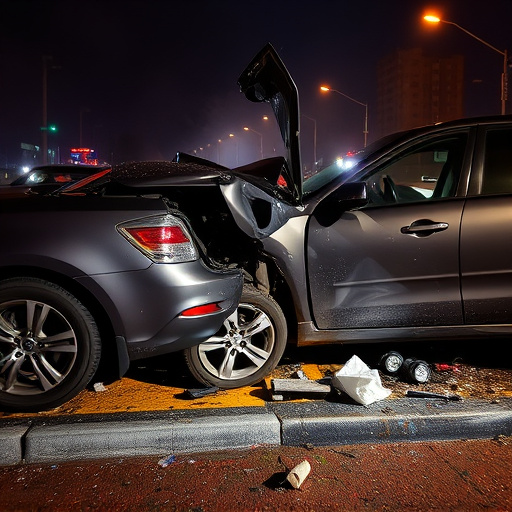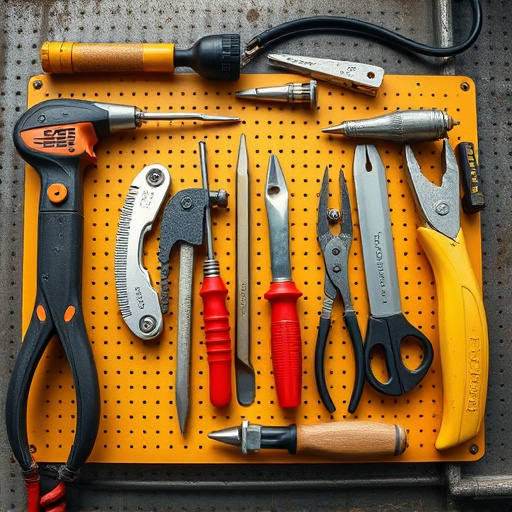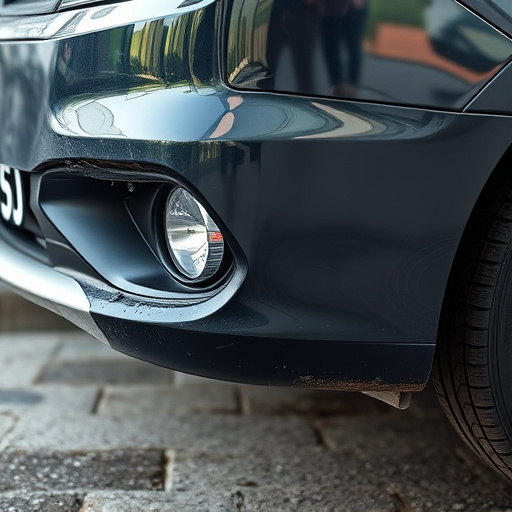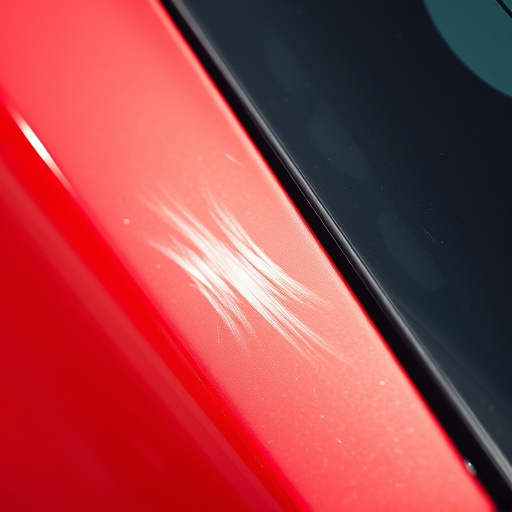Auto owners increasingly opt for recycled parts collision repair to reduce environmental impact, minimize waste, and support a circular economy. This eco-friendly approach aligns with industry shifts towards green practices, offering cost savings for customers while promoting sustainability and preserving natural resources. Collision repair shops adapt by training staff on recycled components and adopting techniques like scratch repair to meet safety standards.
For eco-conscious auto owners, the choice between traditional and sustainable repair options is increasingly important. This article explores the compelling world of recycled parts collision repair, offering a greener alternative to conventional methods. We’ll delve into the environmental impact of traditional repairs, uncover the advantages of using recycled components, and navigate the complexities of making eco-friendly choices within the collision repair industry. By embracing recycled parts, car owners can contribute to a more sustainable future without compromising on quality or performance.
- Understanding the Impact of Traditional Auto Repairs
- Benefits of Choosing Recycled Parts for Collision Repair
- Navigating Sustainability in Collision Repair Industry
Understanding the Impact of Traditional Auto Repairs
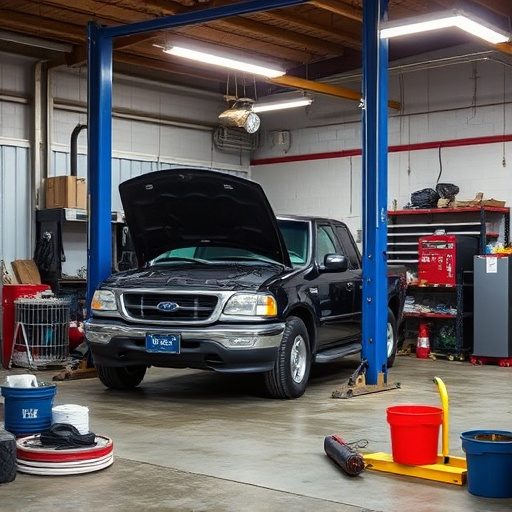
In today’s world, where environmental consciousness is on the rise, auto owners are increasingly seeking sustainable alternatives for their vehicle maintenance and repairs. Traditional auto repairs often involve new parts manufacturing, contributing to a significant carbon footprint due to resource extraction, energy consumption, and waste generation. This process not only strains our planet’s resources but also creates a considerable amount of pollution.
Recycled parts collision repair offers a greener approach to automotive care. By utilizing salvaged and refurbished components, such as auto glass replacement, car damage repair becomes more eco-friendly. These recycled materials reduce the demand for new production, lowering environmental impact and preserving natural resources. Moreover, automotive restoration using pre-consumer waste promotes a circular economy, ensuring that damaged vehicles can be restored without generating additional waste or contributing to resource depletion.
Benefits of Choosing Recycled Parts for Collision Repair
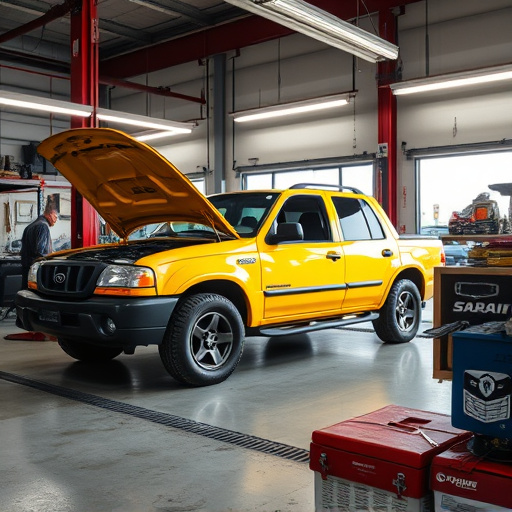
Choosing recycled parts for collision repair offers numerous advantages for eco-conscious auto owners. Firstly, it significantly reduces environmental impact by minimizing waste and lowering manufacturing costs, which often translates to lower prices for customers. This sustainability aspect aligns perfectly with the growing demand for green practices in the automotive industry.
Additionally, using recycled parts supports the circular economy, fostering a system where resources are reused and repurposed. For car owners seeking reliable and cost-effective repairs without compromising their environmental values, opting for recycled parts in collision repair is an excellent decision. This choice ensures your vehicle body shop provides not just superior car bodywork and car paint services, but also contributes to a more sustainable future.
Navigating Sustainability in Collision Repair Industry
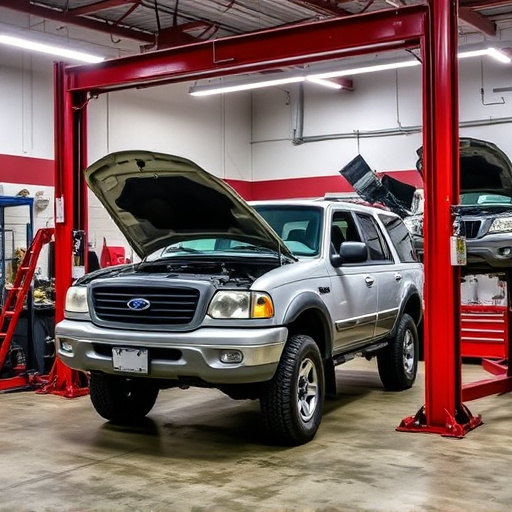
In today’s eco-conscious landscape, the collision repair industry is undergoing a metamorphosis. Consumers are increasingly demanding environmentally friendly practices from their auto repair shops, leading to a surge in interest for recycled parts collision repair services. This shift not only caters to folks’ desire to minimize their ecological footprint but also offers cost-effective solutions for those looking to maintain their vehicles. By utilizing recycled and reused components, such as parts from classic car restoration projects or those sourced through innovative recycling programs, shops are able to provide high-quality repairs while promoting sustainability.
Navigating this new avenue in collision repair requires a delicate balance between efficiency, quality, and environmental stewardship. Shops must invest in training their staff on the unique properties and applications of recycled parts, ensuring that these components meet the same rigorous safety standards as new ones. Techniques like scratch repair and frame straightening can be adapted to accommodate the use of recycled materials, further emphasizing the industry’s commitment to eco-friendly practices without compromising on the final product’s integrity.
For eco-conscious auto owners, adopting sustainable practices in collision repair is a significant step towards reducing their environmental footprint. By choosing recycled parts for collision repair, individuals can minimise waste, conserve natural resources, and contribute to a circular economy. With the increasing availability and quality of recycled automotive components, it’s clear that this option offers both environmental and economic benefits, making it a smart choice for those who value sustainability without compromising on safety or performance.

